By Peter L. Boorn
On January 18, ad 532, a 54-year-old eunuch by the name of Narses, described by Agathias, a contemporary chronicler, as “small in stature and of abnormal thinness,” entered alone into the Hippodrome of Constantinople carrying a bag of gold. The seating capacity of the Hippodrome was 60,000, and on this occasion there was standing room only, so there were probably 100,000 agitated spectators. For these were the fans of the Green and the Blue chariot racing factions who, united in a display of sports hooliganism that dwarfs any of modern times, had in the previous five days and five nights rioted throughout the city, entrapping the Emperor Justinian and his court in a tiny and vulnerable enclave.
His mission approved by the emperor, Narses approached the leaders of the Blues and with honeyed words backed by the gold re-ignited their hatred of the Greens. The Blues streamed out of the arena leaving the astonished Greens to be slaughtered by the guards of the Imperial generals, Belisarius and Mundas. The historian Procopius estimates that 30,000 people fell, and the insurrection was crushed. Thus Narses burst onto the stage of Roman history as the one who broke the back of the Nika riots and saved his master’s throne.
Six months after the quelling of the riots, Justinian began the first phase of his grand plan to restore the fallen Western Roman Empire by sending Belisarius to conquer the Vandal kingdom of North Africa. The campaign was a complete success and Africa was restored. In June of 536, Belisarius led an invasion of Italy that proved to be a long, hard slog, so much so that in June 538, Justinian sent reinforcements to Belisarius in the form of 7,000, mostly barbarian troops motivated largely by the prospect of loot. The reinforcing army was commanded by a most unlikely general: Narses the eunuch.
Narses was by then 60 years of age and had demonstrated his ability to navigate the intrigues of the court and his loyalty to his monarch. As a eunuch, he was not a candidate to wear the purple, whereas Belisarius at 33, a great general with a conquering army more beholden to its leader than to its emperor, would have been regarded with suspicion from within the distant walls of the city of Constantine.
The probable year of the birth of Narses is 478; the Byzantine sources state only that he was of Persarmenian origin and are mute regarding his background. Agathias further sketches Narses as a man of sound mind and ready wit, also offering a psychological insight, stating that he was “stronger and more high-spirited than would have been believed.”
Belisarius and Narses together raised the siege of Arminium (Rimini), although soon afterward the conqueror of Africa recognized that he might advise but could not command the middle-aged eunuch. During the fall and winter of 538/539, the Imperial army was, in effect, two separate armies, cooperating but not unified and this led directly to the fall of Mediolanum (Milan). Belisarius reported the disaster back to Justinian as the inevitable result of a divided command. As a result, Narses was recalled.
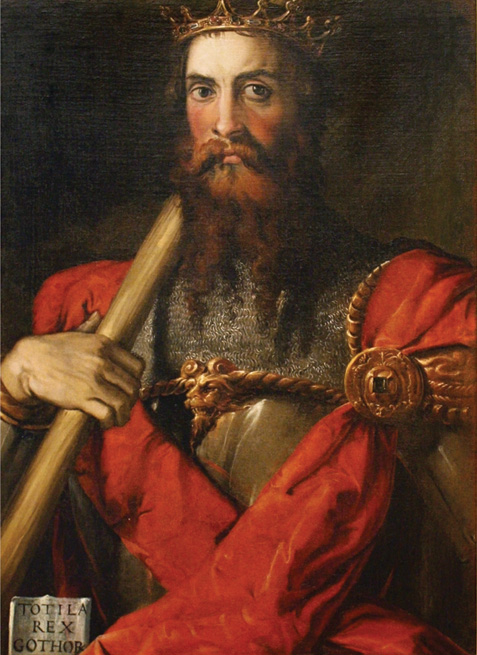
Belisarius, who had been shunted from Italy to the Persian front in 541, was again given the Italian command in 544. He spent the next five years struggling against a new Gothic king, Totila. Justinian did not give sufficient support to Belisarius. Although Belisarius captured Rome, he could not complete the Italian conquest. Recalled in 549, he retired two years later.
Meanwhile, within the civilian ranks of Byzantium, Narses had reached the pinnacle of his profession, eventually becoming the Grand Chamberlain of the Court. That position gave Narses exclusive access to the emperor. Nor had he been completely idle in the military sphere. In 545, while on a diplomatic mission to the East Germanic tribe known as the Heruli, he had led that tribe in routing a large barbarian raiding party crossing into Thrace. After Justinian recalled Belisarius in 549, he tried four other generals, one after the other, to war against Totila. In 551, he appointed 73-year-old Narses supreme commander in Italy.
Narses had witnessed the fate of generals sent from their emperor’s city with a paucity of men that were paid erratically or not at all, and he refused the supreme command unless he was granted a force adequate to the undertaking and paid in a timely manner. His reputation for generosity attracted thousands to his banner.
Together with a backbone of regular Imperial troops, Narses recruited 3,000 Heruli cavalry, 2,000 Huns, 4,000 Persian deserters, and 2,500 Lombards. Altogether, his army probably numbered 30,000.
This great army set out from Constantinople in June 551, reached the seaport of Salona in the autumn of that year. Thereafter it hugged the Adriatic and rounding it to arrive at Ravenna in late May or early June 552, having traversed more than 1,100 miles. Teias, Totila’s principal lieutenant, had been dispatched to employ delaying tactics such as destroying bridges and breaching dykes against the polyglot host during the last phase of the march.
Nine brief days after entering Ravenna, Narses moved with unexpected speed over the still serviceable roads of Italy to close with his adversary. He took one of three possible routes to outmaneuver Totila, whose forces held the almost impregnable Petra Pertusa, “the tunnel of rock,” on the Via Flaminia. In late June or early July 552 he met the the Ostrogothic army on the field of Taginae.
Totila commanded about 15,000 to Narses’ 25,000. The Gothic total included the 2,000 troops Teias had led on a forced march to reinforce Totila just before the battle’s beginning.
Even though he had the superior numbers, Narses drew up his soldiers in a strong defensive position in the open valley above Gualdo Tadino. Beginning about five miles north of the town there is a roughly left-leaning flat rectangular area about 31/2 miles wide and about 10 miles deep, with hills rising steeply at its eastern boundary and a lesser range of hills to the west.
Narses placed dismounted cavalry, amounting to 8,000 men, at the center of the plain, and on each flank he positioned 4,000 foot archers covering a roughly two-mile front. On either wing of this phalanx, Narses placed his heavily armored cavalry, amounting to a total of about 7,000 men, equally distributed on left and right.
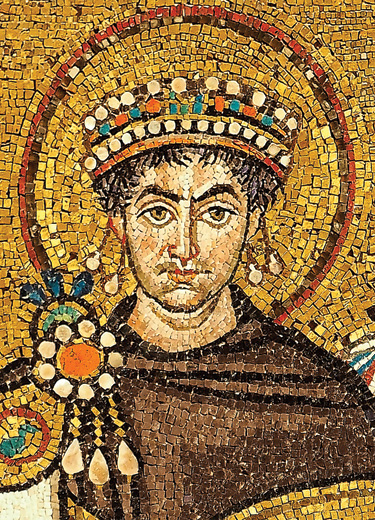
Totila initially mirrored his opponent’s order of battle, placing infantry at his center and his archers and cavalry on his wings. The facing fronts of the two armies, with their respective jumping-off points, would have been dictated in part by the effective 250-yard range of the composite bow, in use by both sides.
Procopius tells of a small steep hill on the extreme left of the Byzantine position rising out of the valley and separated from the range of hills beyond. The night before the battle, Narses had the foresight to seize the natural redoubt and place 50 infantrymen atop its tiny crest. In addition, he placed two detachments of cavalry behind the hill. One of the attachments numbered 1,000 horsemen and the other 500 horsemen.
When Totila became aware of Narses’ occupying the hill, he sent several squadrons of cavalry, one after the other, to dislodge the Byzantines. They were all beaten off. By mid-afternoon, the Goths had abandoned their cavalry attacks.
At this, Totila rode along his battle line exhorting his troops to be bold. Narses made the same ride, but he did so silently, indicating the enemy and holding up golden necklaces and bracelets to excite the looting instinct of his soldiers, according to Procopius.
At that point, Totila tried a ruse. Surmising that Narses’ unmounted cavalry could not advance quickly, Totila withdrew his army from the field, ostensibly to seek refreshments. Seeing this, the prudent eunuch would have reckoned that either the Goths were declining battle for the day or were trying to lure the Byzantines into retiring so that a surprise attack could be launched against them. It was mid-summer, with several hours of daylight left, so Narses had his troops take their repast in the ranks, fully armed.
When the Gothic army returned to its ranks, Totila had placed his entire cavalry, more than 50 percent of his total force, in a single line in the center. The cavalry was backed by infantry and archers in a second line. Totila had therefore taken the bait offered by Narses, targeting the unnatural infantry at the Byzantine center.
Viewing the new tactics, Narses made a slight adjustment to his own position, moving his flanking archers slightly forward and then wheeling them to face inward so that his final position resembled the shallow arc of a circle.
The Goths gambled all on one tactic. Their cavalry charged with “reckless impetuosity,” according to Procopius, but the charge was checked by the supposedly unreliable troops at Narses’ center and galled by arrows from its wings. They reformed and charged again. Throughout the afternoon they charged the Byzantine phalanx. Each time they did so with less effect on the enemy and with mounting casualties of their own.
In an astonishing lapse of generalship, Totila failed to advance his own infantry to neutralize the archers of Narses. The Gothic king was seriously wounded on the first great charge and lost control of the battle, according to Procopius. The demoralized cavalry were pressed back upon their own disheartened infantry, which in turn joined the general retreat.
In the encroaching darkness, the retreat degenerated into a rout when Narses ordered his own cavalry to charge. Of the 15,000 Goths engaged, 6,000 perished and an unknown number were taken prisoner. Their mortally wounded king, Totila, was carried by retainers about nine miles to the village of Caprea, just west of the Via Flaminia, where he expired and was hastily buried.
Narses’ innovative tactics of combining dismounted cavalry armed with pikes supported by infantry equipped with bows, culminating in a decisive charge of cavalry led to Gothic annihilation. And true to his modest nature, the victorious eunuch attributed the stunning victory to God.
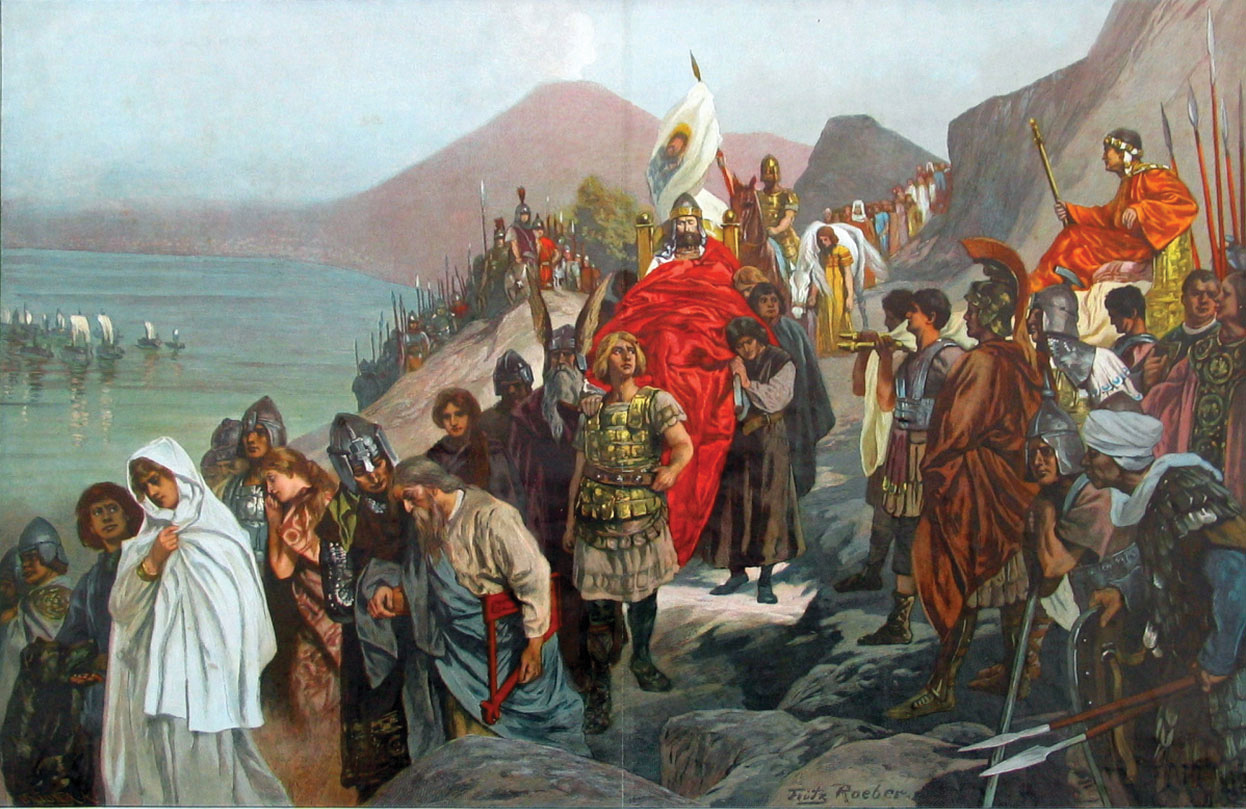
The remnants of the Goths escaped the field under their newly anointed king, Teias, while Narses marched swiftly to Rome, which after a brief siege, he captured.
The main treasure of the Goths, which was the equivalent of a modern state’s gold reserves, was situated in the fortified town of Cumae (Cuma) on the northwestern tip of the Bay of Naples. The strategy of both Narses and Teias was for one to attempt to seize and the other to defend that treasure. To this end, Narses sent one detachment of his army to besiege the town while several other detachments watched the Teias’ movements.
By taking different routes, Teias eluded Narses’ subordinates and marched to Cumae, where, owing to good intelligence, Narses was able to concentrate his entire army to block the Goths before Teias reached that still besieged town, and confronted the barbarian across the river Draco. At that place the two unequal armies skirmished for two months, the smaller army being supplied by a Gothic fleet in the bay. The fleet was overcome by innumerable Imperial ships, and Teias was obliged to retreat to the shelter of Mons Lactarius, which provided no forage opportunities to the Goths. Starvation threatening, the Goths, about 7,000 in number, fought a desperate two-day battle with an Imperial force more than twice its size and were destroyed, their king slain in a glorious death.
It took the eunuch a year to reduce the fortress of Cumae and, before its capitulation, Narses had to delegate his command and hurry northward toward the Po to meet an enormous new threat.
The vast Kingdom of the Franks abutted Italy. In 553 it was ruled by a sickly 21-year-old, Theobald, who had come under the influence of two Alalamanni tribal chieftans from the German parts of his domain. These two, Buccelin and Leutharis, persuaded the feeble king to let them lead an army composed of Franks and Alamanni into Italy, ostensibly to revive the waning fortunes of the Goths, but in reality to lay hold of that country for themselves. They were supremely contemptuous of Narses, whom they regarded as “a delicate and womanish thing … a mere shadow of a man,” according to Agathias.
To back up their opinion of the diminutive eunuch, they came at the head of an army numbering 75,000 warriors. Narses’ strategic situation became at once extremely precarious. Despite their two great battlefield defeats, the Goths were still in control of fortified towns in large swaths of territory scattered throughout Italy. In its contest with the Goths, the army of Byzantium had been reduced in number by the iron law of attrition through death, illness, and desertion. In addition, Narses had seen fit to dismiss his most dangerous and unruly associates, his 2,500 Lombards. If his total forces at the time of Taginae numbered 30,000, then his army was surely under 20,000.
Narses bent to the storm, adopted a Fabian strategy, restrained his own troops within fortified places, and took the largest part to Rome. He patiently endured the horror of the barbarians waiting for the right opportunity to attack.
In the spring of the second year of the invasion, as the barbarian army plundered its way southward into central Italy, its two leaders committed a blunder born of overconfidence: they divided their great host. The larger part, the right wing under Buccelin, bypassed Rome and marched down the west coast to the very toe of Italy, while the smaller left wing under Leutharis moved down the Adriatic to its heel. Leutharis then turned homeward with his considerable booty, avoiding risking a fight with Narses. A 3,000-strong contingent of the Imperial army ambushed him at Fano. He suffered substantial losses among his warriors and lost the greater part of his stolen treasure. He succeeded in scampering beyond the Po, where a plague broke out that further decimated his ranks and dispatched Leutharis himself.
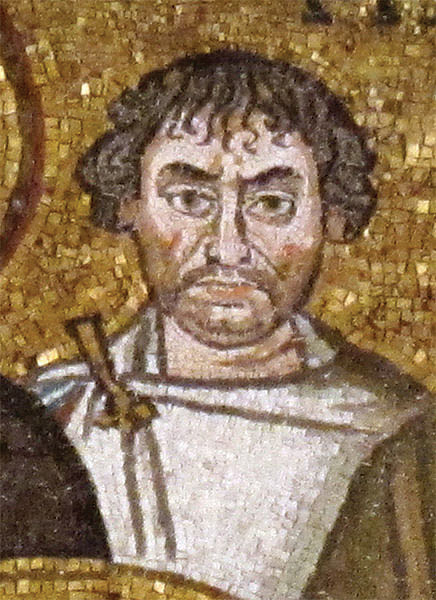
Meanwhile, in southern Italy, Buccelin’s army was also suffering. Narses had adopted a policy of wasting the countryside and burning crops, and Buccelin’s troops were forced to feed themselves on raw grapes or raisins. The result was an outbreak of dysentery. Buccelin took his diminishing army northward to meet Narses before it became fatally weakened.
The redoubtable eunuch did not refuse the challenge. Leading an army of perhaps 18,000, he marched from Rome to the field of Casilinum (Capua), where his adversary had set up a fortified camp.
As at Mons Lactarius, Narses cut off Buccelin’s foraging parties, harried his stragglers, and drove in his foe with the result that Buccelin, like Totila and Teias before him, was frustrated into attacking first.
Narses had drawn up his battle line with his heavy infantrymen in the center. These were picked troops, the Antesignani, helmeted, bodies covered in chain mail, and armed with stout spears. In their rear were archers and slingers. On each of the wings he placed the larger portion of his forces, armored cavalry replete with bows, javelins, and lances.
Against this balanced force the barbarians were almost all infantrymen, armored with only their shields and using axes and spears. The barbarians began the battle with a ferocious charge. Narses’ infantry was pushed back, but the line held and the Byzantine cavalry wheeled in on its enemy’s flanks, shooting its arrows while remaining beyond the range of axe and spear. This rain of arrows apparently went on for several hours until at last the barbarians began to lose heart and slip away to the rear.
At this, Narses ordered a general charge. The result was a massacre of staggering proportions. Agathias claims that only five barbarians survived the battle and Narses’ losses were only 80.
The Imperial army returned to Rome, and Narses resurrected that ancient city’s ritual of victory: the Triumph. It was the first held in 150 years and the last the city ever saw.
For a further 12 years, the incredible Narses administered the Italian peninsula, establishing laws, rebuilding the cities, renewing the cultivation of the fields. Although civil considerations were paramount during these dozen years, Narses still had to reduce several Gothic towns and fortresses while the Franks still menaced, and sometimes cooperated, with the Goths. It was not until 562 that he took the last two Gothic strongholds, Brixia and Verona and completely wiped out the Gothic nation.
In 565, the old warrior took to the saddle again and, at age 87, crushed the Heruli who had rebelled against him. In November of that same year, Justinian, his emperor and mentor, died at the age of 83.
Almost at once, a deputation of disaffected Roman nobles, belching ingratitude, complained to the new emperor, Justin II, about his extorting governor. Narses subsequently was recalled to Constantinople in 567, but he never actually reached that city.
Although the date of his death is disputed, Narses probably died in April 568, for in that month the entire Lombard nation, which was composed of similar individuals who had been so ferocious and unruly when allied with him at Taginae, invaded Italy. They numbered 200,000 and proved fatal to the Italy restored by Justinian.
They would have heard of the recall of the great eunuch general in late 567 and might have even planned their invasion. But knowing the reputation of Narses, they would have waited to have received the news of his passing before risking a crossing into Italy, such was the respect they had for the castrated man who had attained the age of 90 years.
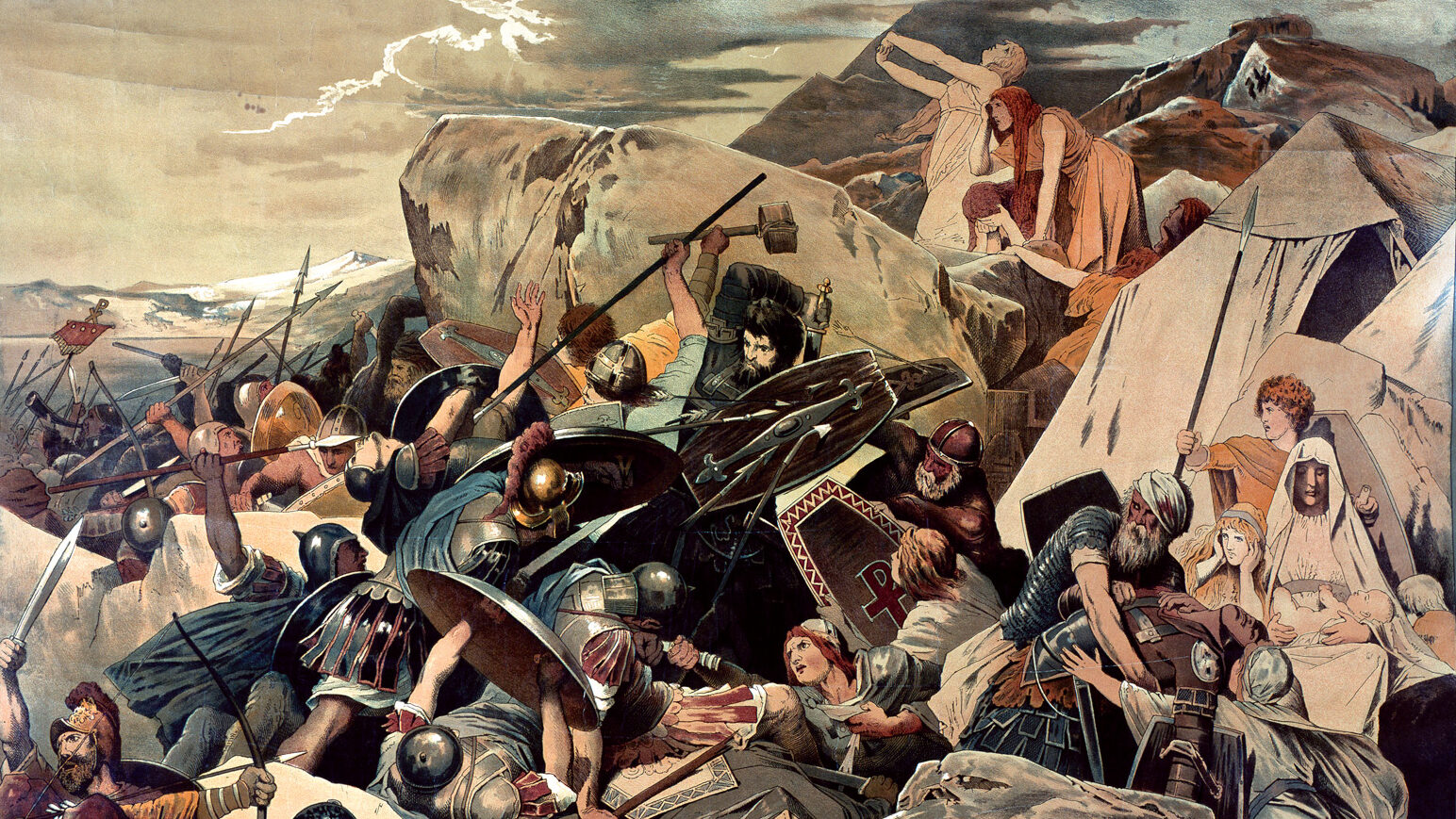

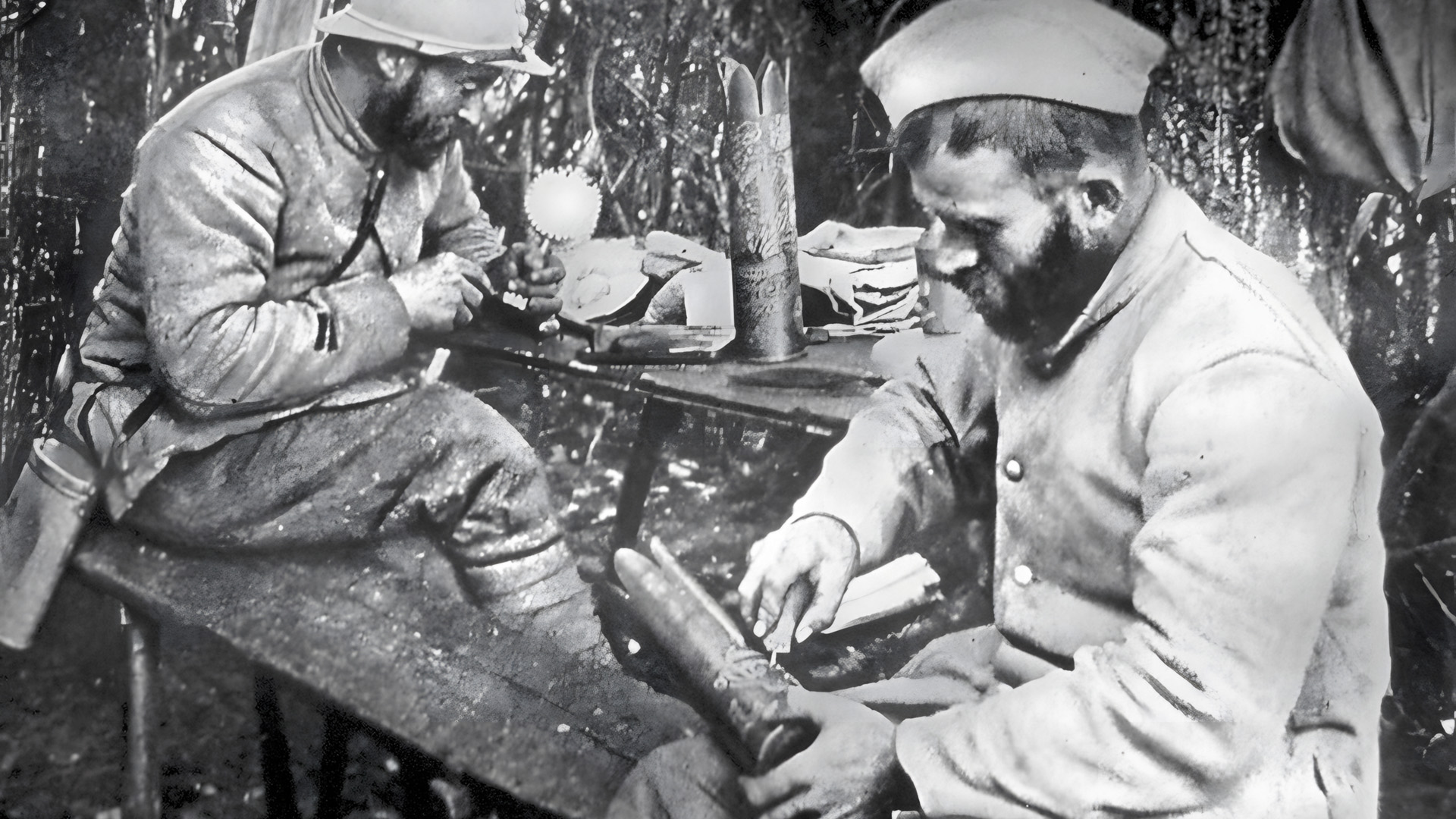
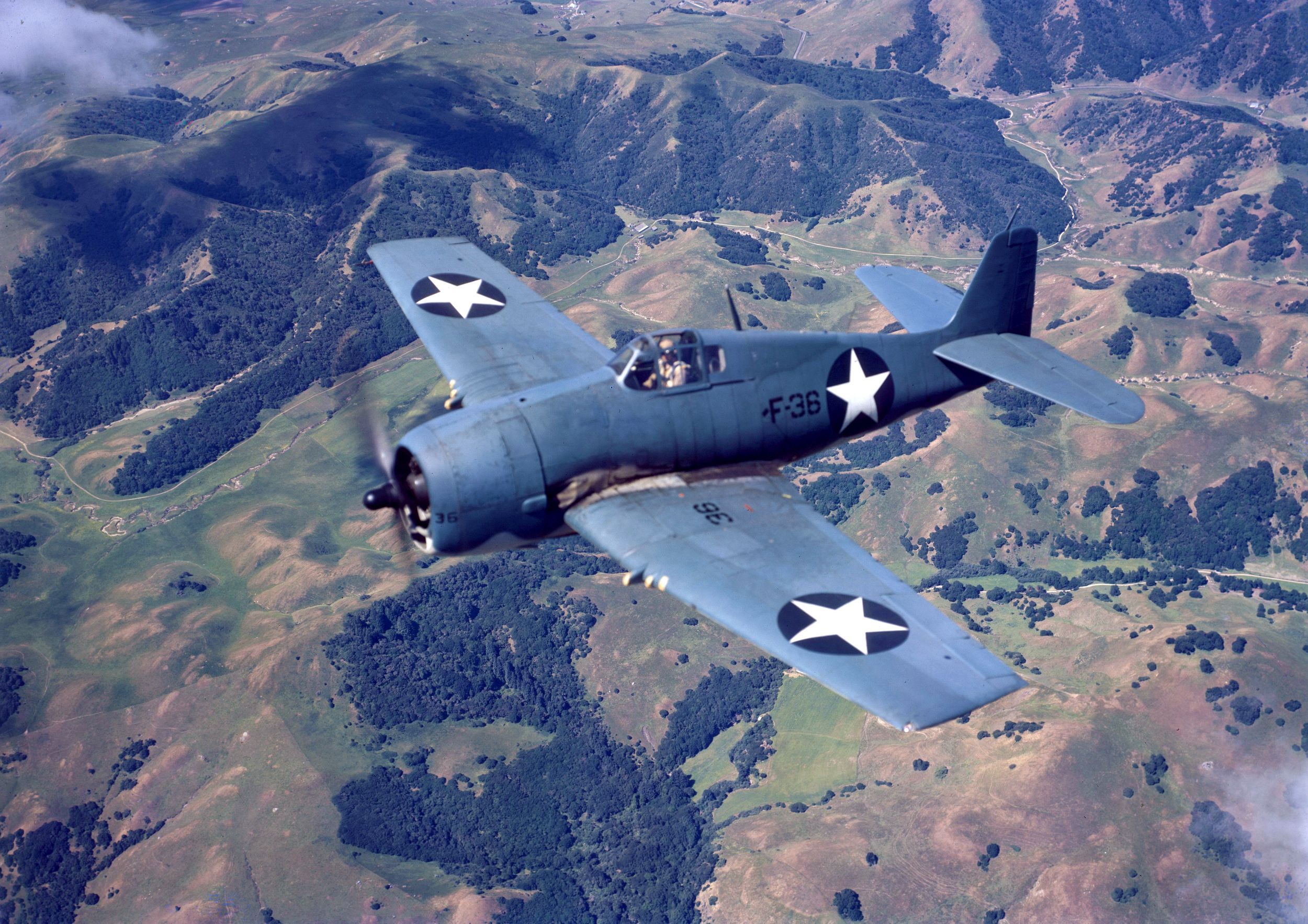
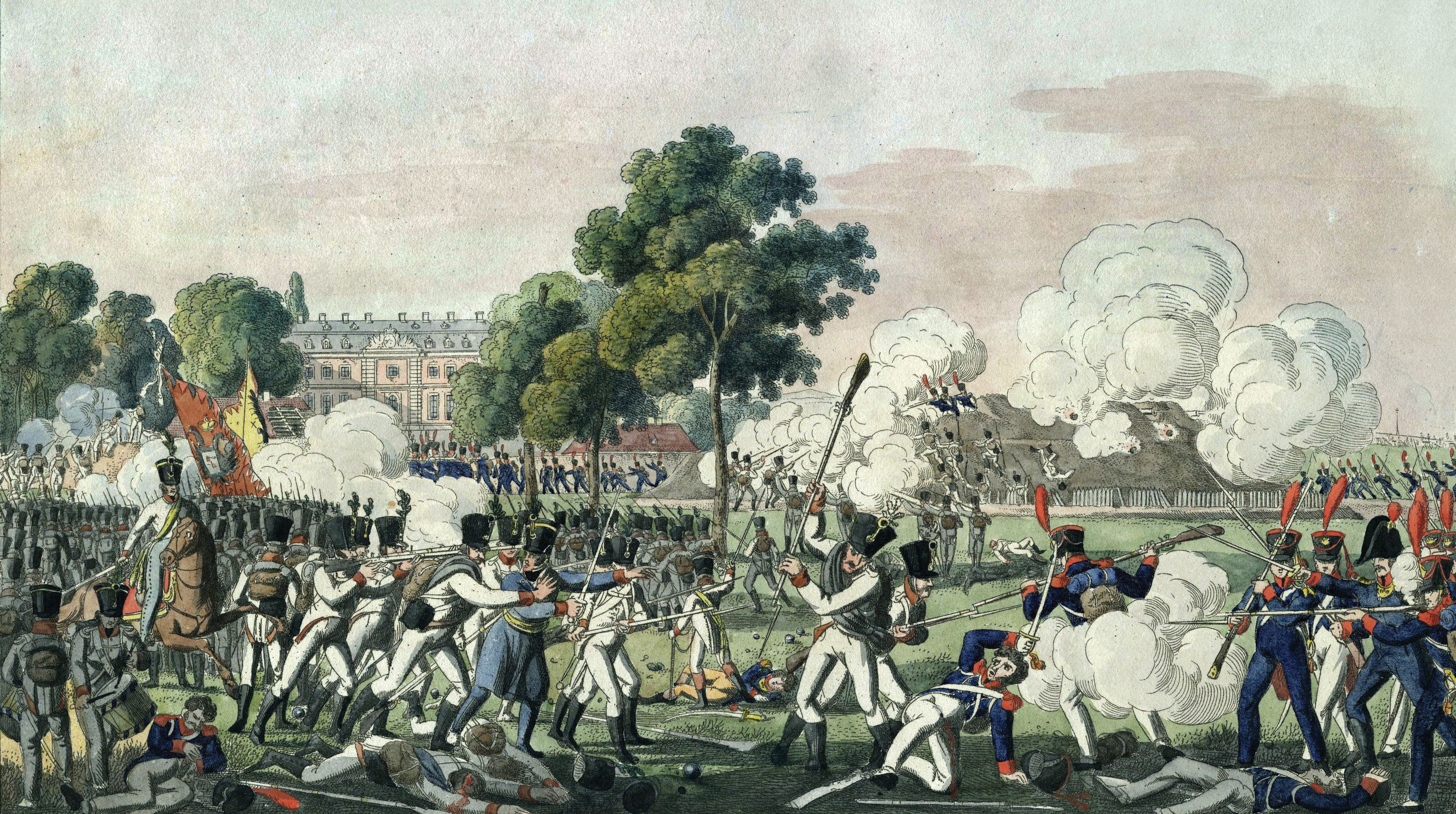

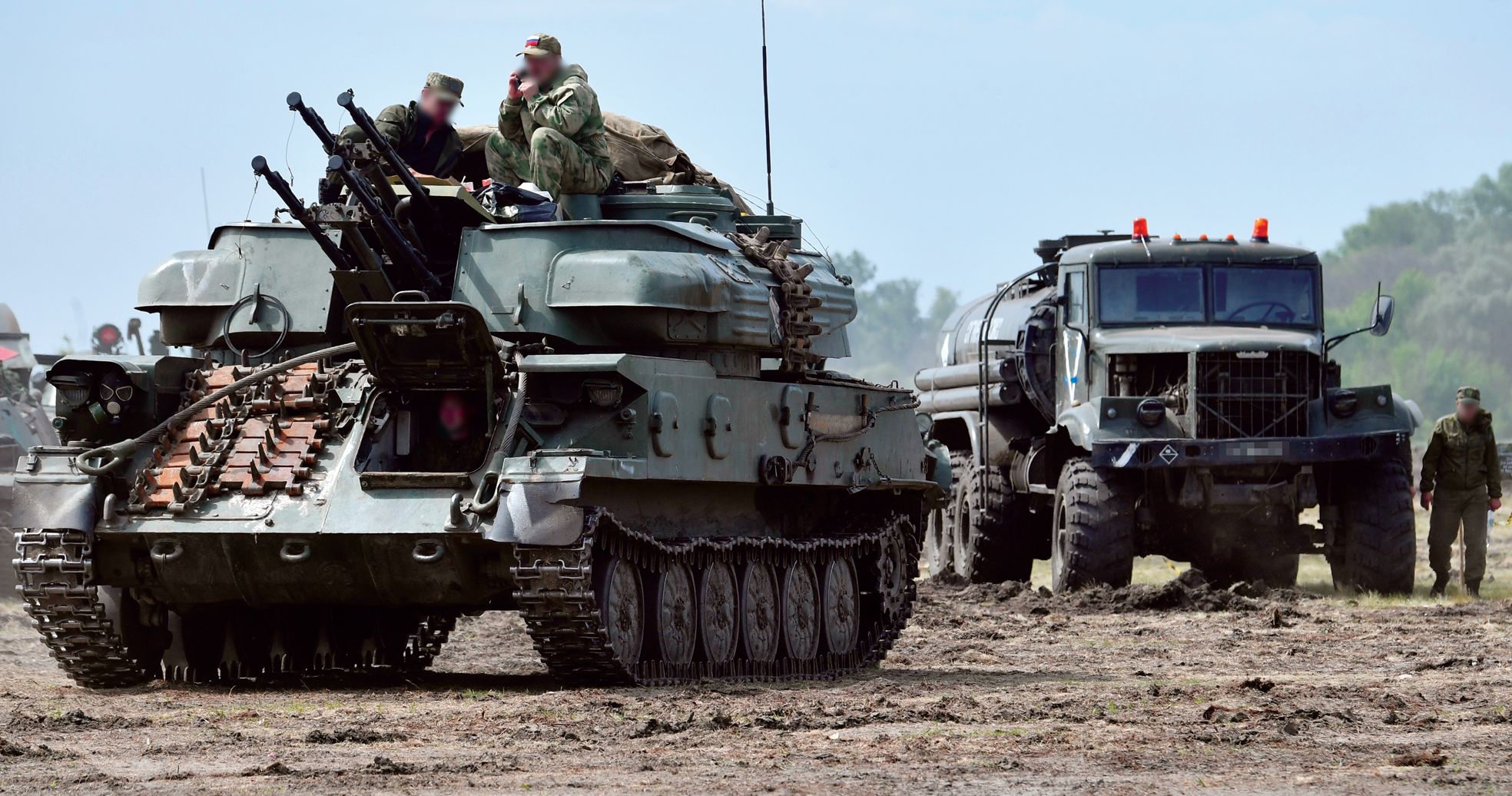
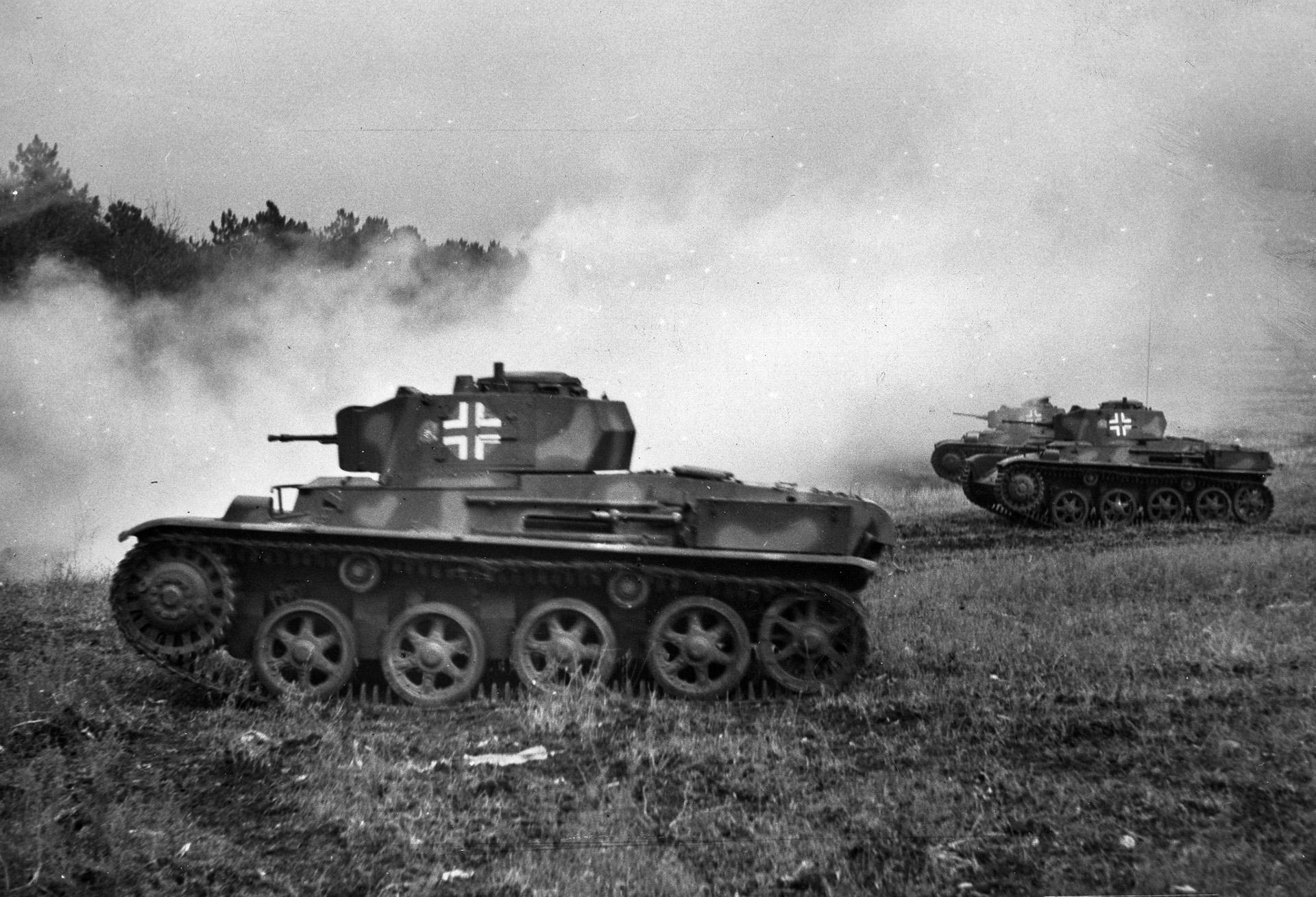
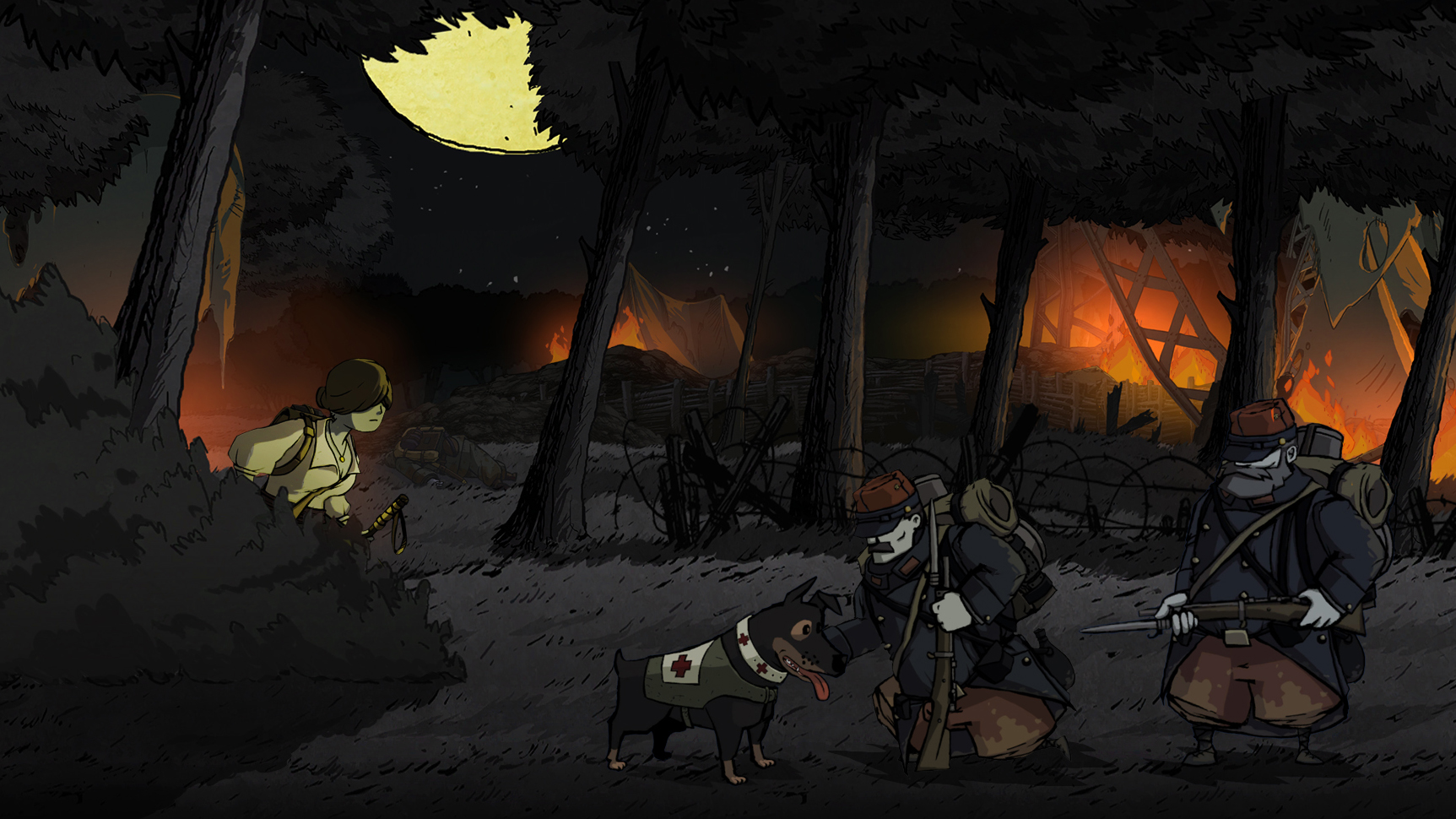

Join The Conversation
Comments
View All Comments